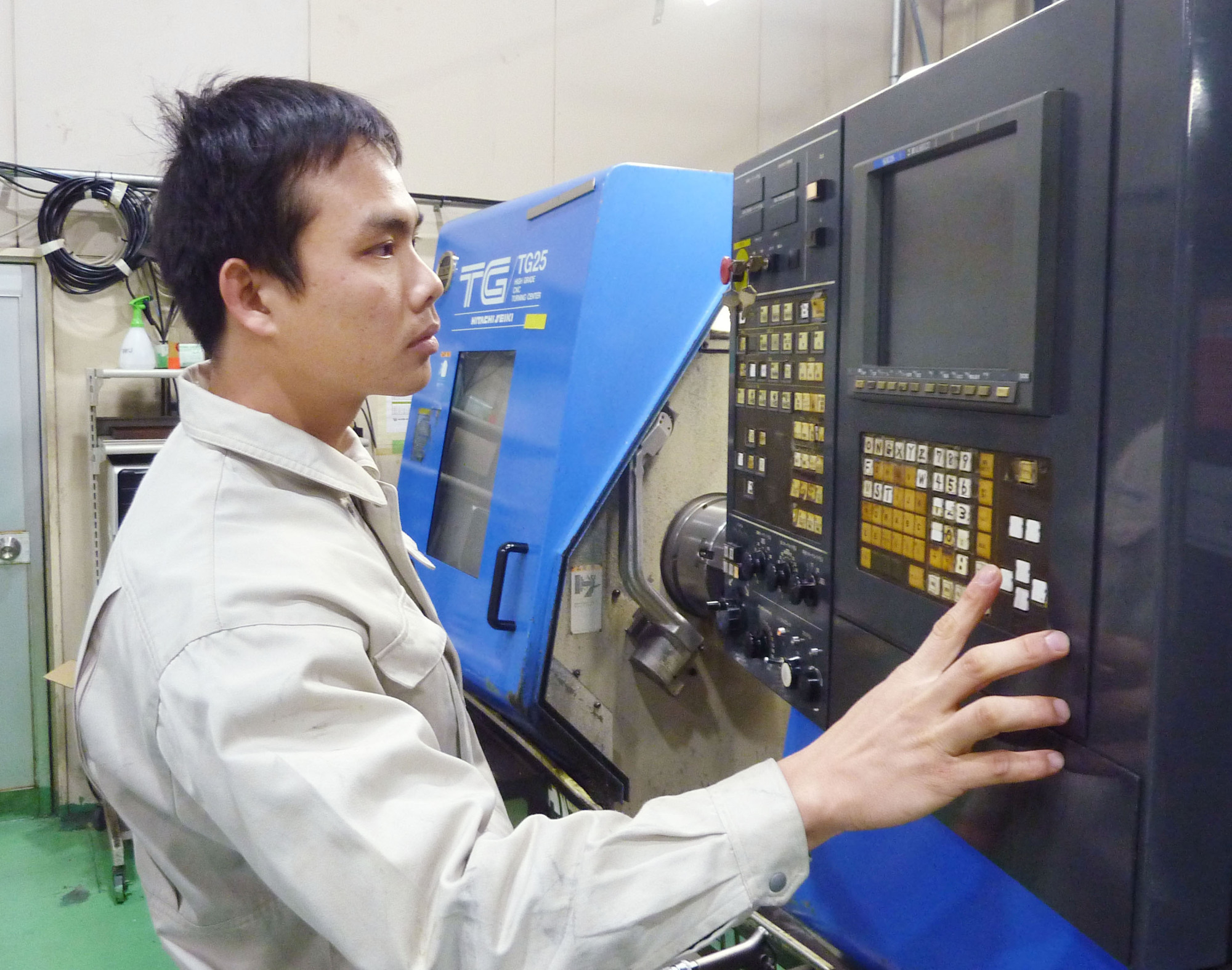Radical. That’s probably the single adjective that best covers the disparate economic policies being pursued in Asia’s three largest economies.
In Japan the government of Shinzo Abe is embarked on the 2.0 iteration of his program to break out of the country’s deflationary slump. In China, President Xi Jinping’s government is in the midst of a supertankerlike turn toward domestic consumption. In India, well?…?Modinomics. These three countries hardly make for isolated laboratories for such experiments, Bloomberg reported.
Together they’re home to 40% of the planet’s people and churn out 24% of the world’s gross domestic product. Here’s a roundup of how things are shaping up in these important economies.
India
Fully 27% of the 1.28 billion people who inhabit the world’s fastest-growing major economy are under age 15.
Since taking power in 2014, Prime Minister Narendra Modi has pursued a set of policies that aims not only to revive the economy, but also to make it resilient to external shocks and increasingly competitive with the developed world.
Reforms under Modi started off incrementally. In 2014 and 2015 he slowly massaged an economy that was showing signs of grinding to a halt. A first priority was to attract foreign investors to set up manufacturing hubs, and Modi made almost 40 trips overseas during his first two years as prime minister.
The result: foreign direct investment commitments of more than $75 billion in 2014 and 2015. Last year an additional $33 billion of FDI flowed in. Clearing the way for these businesses to be set up, Modi took a slew of steps to ease entry barriers. Among them were instituting a one-stop shop for clearances, hastening the permit process, and relaxing government restrictions on a host of sectors.
Recent reforms have been even bolder. The demonetization of large-denomination rupee bills was meant to tackle tax avoidance and corruption and move India toward becoming a cashless society.
Economic growth picked up to 7.3% in the third quarter, up from 5.8% in the first quarter of 2014. Inflation cooled to 3.4%.
China
In the past two years the most populous country on earth has transformed from being the world’s factory to a maturing economy. President Xi Jinping’s government has focused on steadying China—especially on controlling excessive leverage and the spillover onto foreign exchange, rates and stocks.
Economic growth, which ran at a rate of more than 10% as recently as 2011, has leveled off. In 2016, GDP increased 6.7%. China’s 13th five-year plan, which covers 2016-20, projected a base GDP growth rate of 6.5%.
Investment, once a key driver of China’s growth, is dropping. Net monthly foreign direct investment, which had gradually declined after peaking in 2007, turned largely negative in 2016 as an outflow of funds weakened the currency. The yuan depreciated against the dollar by 6.5% last year.
The country’s equity market underperformed the world in 2016. The onshore benchmark CSI 300 Index lost 9.3% in total return. The offshore MSCI China Index gained 1.2%. Both lagged the MSCI World Index, which climbed 8.2%. For global investors, the main concerns are slowing growth and yuan-devaluation risk.
Japan
Prime Minister Abe unveiled Abenomics in September 2015. This iteration of his four-year-old reform agenda aims to break the vicious deflationary cycle that has afflicted the Japanese economy for two decades. To do that, it seeks to foster confidence and a sense of security, putting the country back on track to nominal GDP of 600 trillion yen ($5.2 trillion) by 2020. That would require growth of 3% a year. In the third quarter, Japan’s economy grew at an annualized pace of 1.3%.
Despite unprecedented stimulus from the Bank of Japan aimed at supporting consumer confidence, the country isn’t exactly looking up. Consider manufacturing. The diffusion index shows only a slow recovery in the sector, particularly among the small and medium-size enterprises that account for the largest part of Japanese employment.
In addition to boosting short-term economic activity, Abenomics seeks to finance long-term goals such as fixing pension systems and improving social security. Part of that involves raising taxes to trim Japan’s mountain of debt. Consumption taxes and individual income taxes account for the largest portions of the nation’s revenue, each representing almost 30%. Corporate taxes account for about 20%—relatively high compared with peer countries. Japan is easing corporate taxes while keeping income taxes untouched.
The Bank of Japan will likely continue to pay the costs of such floors. The central bank already holds almost 40% of Japanese government bonds. Through its buying of exchange-traded funds, the BoJ will become the largest shareholder of 25% of the companies in the Nikkei 225 Index by the end of this year, according to a Bloomberg estimate.


